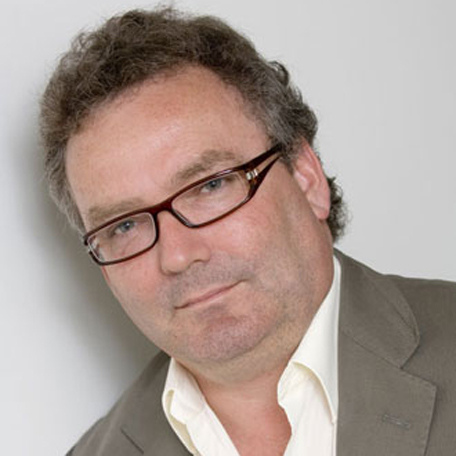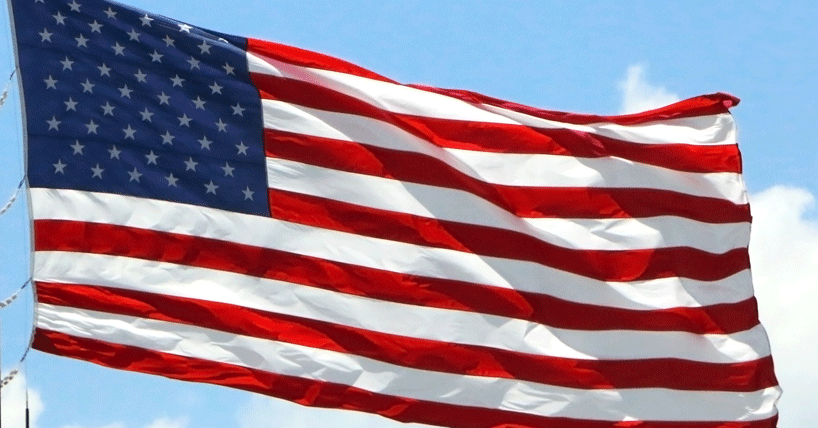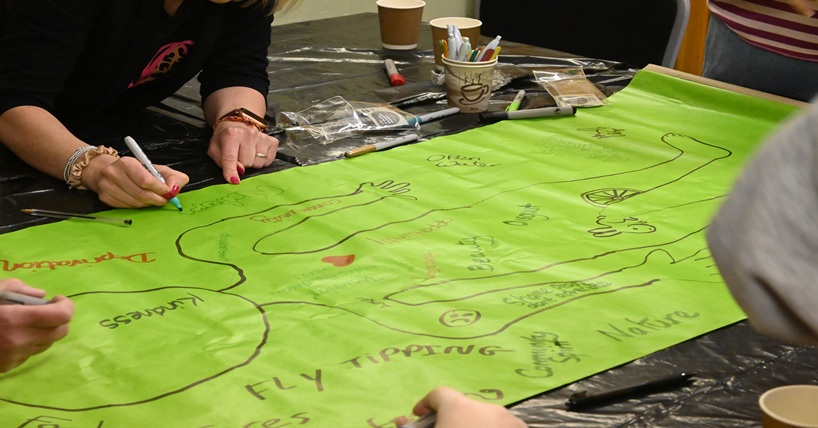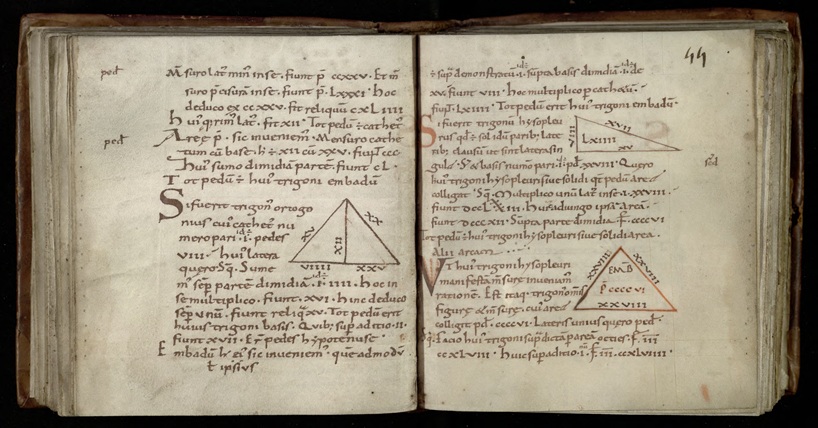Science advice and Covid-19
Science advice and Covid-19
Published on: 5 May 2020
by Professor Phil Blythe, Department for Transport Chief Scientific Adviser
Coronavirus pandemic
You have all probably heard a lot over the past few weeks about how science has been at the heart of the Government’s response to the coronavirus pandemic. Terms like ‘the peak’, ‘flattening the curve’, the modelling groups, and behavioural science advice, have all become part of our everyday conversations.
You will also probably have seen my fellow scientist colleagues in government like Sir Patrick Vallance, the Government Chief Scientific Adviser, and Professor Chris Whitty, the Chief Medical Officer, making regular appearances in the media and in the daily press briefing.
As Department for Transport’s Chief Scientific Adviser (CSA), I have been actively involved in the Government’s scientific community response to the coronavirus outbreak, bringing evidence from transport and DfT to the heart of the decisions. Scientific Advice Group for Emergencies (SAGE)

SAGE
As CSA, I am a member of Scientific Advice Group for Emergencies (SAGE); the main mechanism for science advice during emergencies like the winter flooding in 2013, the Zika virus outbreak in 2016, and others. Alongside CSAs from other departments and relevant experts, the group has been meeting regularly since January in response to coronavirus. At SAGE, we discuss and scrutinise existing evidence and develop coordinated scientific advice which is then fed into the Cabinet Office Briefing Room (COBR) to inform policy decisions.
Back in January, the virus looked like something we should keep an eye on, just in case. However, as evidence from China and other places emerged, it became clear that there was an increasingly high probability that it would severely impact the UK. The team at National Security Science and Research and at the Transport Security Operations Centre have supported me at SAGE and continue to ensure that DfT develops an appropriate operational response to the threat.
SAGE is supported by a number of subgroups who bring specialist advice. This includes a group of modellers (Specific Influenza Group on Modelling, SPI-M) who simulate the spread of the disease and the impact of social distancing measures has on it, and behavioural experts (Specific Influenza Group on Behaviour, SPI-B) who look at issues such as testing, adherence and communications from a behavioural perspective.
These groups are typically composed of academics from across the country who compare and discuss their input (for example, models, behavioural advice) to develop consensus– in science, what really matters is the collective opinion, rather than one individual study. As CSA, my role is to challenge this and ask questions the academics might not have considered and make sense of the uncertainties and assumptions built in.
Data and preparing for a post-coronavirus world
Data are essential for models and predictions, and many of you will have spotted transport data in the slides at the No10 coronavirus press conferences which show how transport use has decreased since the introduction of social distancing rules (see it at the related documents link).
This is one of the key indicators used to measure the success of social distancing and SAGE are also using it to provide understanding on the ‘how’ and ‘when’ of loosening the lockdown. As a Department, we should be proud of how influential our data has been to inform the science that underpins the policy decisions. A lot of work has gone into that one slide by the Department’s analysts led by Amanda Rowlatt and Ian Knowles.
The Department is also starting to think about the future when social distancing measures start being lifted. The Strategy Unit is leading a Horizon Scanning and Future State programme to consider the longer-term impacts, risks and opportunities, presented by the coronavirus pandemic. This is a collaborative effort across the Department - the Office for Science is developing a ‘futures’ workstream to look at the different scenarios for the coming months and years, and the Social and Behavioural Research team is also conducting work for it.
We have also been working on a Science Plan for the Department to set out the science (covering science, social science, innovation and technology) we will need to deliver against DfT’s strategic objectives and our coronavirus recovery. In doing so, we will better embed science into our decision-making, including building on good practice from our coronavirus response.
For this, the Office for Science, who are leading this work, is looking to understand science needs for teams across the department and how to bring in expertise to fill any gaps – including the potential for a cadre of embedded scientists and embedded behavioural scientists who we can rotate around the department. We are keen to discuss these with you, so please do get in touch with me or the Office for Science.



